Connecting with the Field: Our Visit to Axis Warriors in Uganda
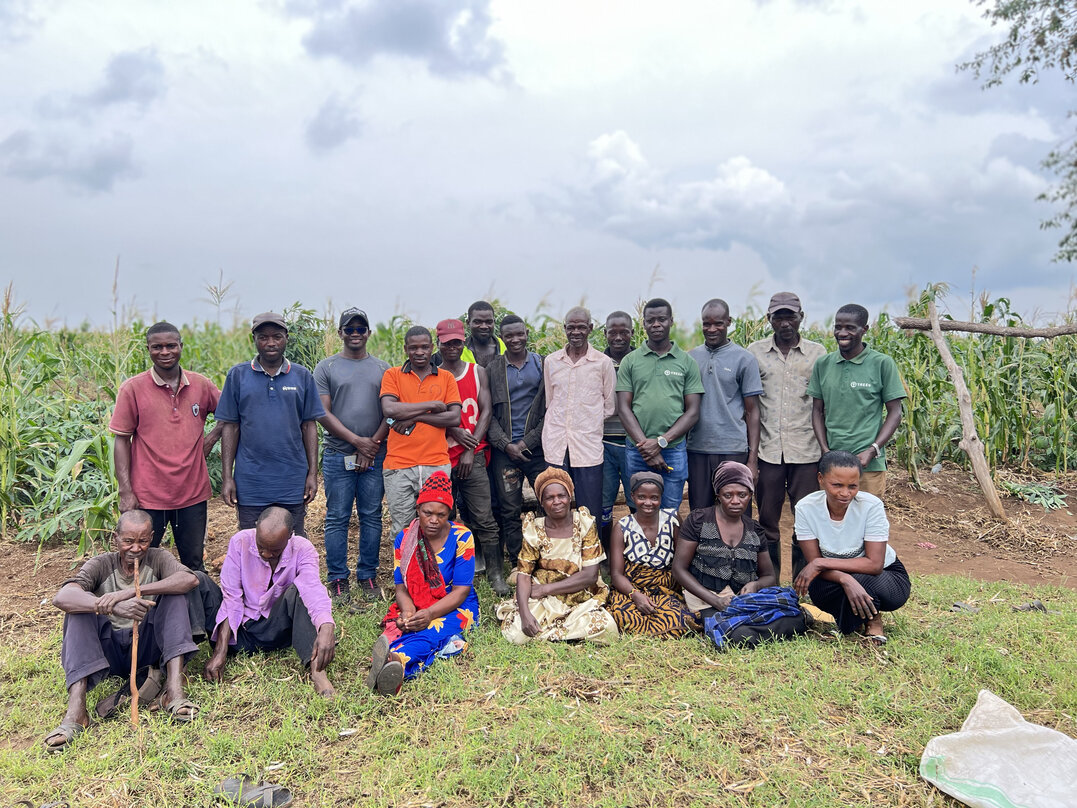
What does climate action really look like on the ground? It looks like this: standing at the convergence of Kassanda and Mubende districts in central Uganda, where TREEO and Axis Warriors are working hand-in-hand with local communities to restore ecosystems, support livelihoods, and remove carbon from the atmosphere. During our recent visit, we witnessed firsthand how ecological restoration, economic resilience, and community empowerment can grow together—rooted in collaboration and sustained by purpose.
In April 2023, TREEO partnered with Axis Warriors to launch one of its first carbon removal pilot projects in the region. The mission was clear: restore degraded land, enhance biodiversity, and support sustainable livelihoods through community-driven agroforestry. What has emerged is a living landscape where environmental and social goals are aligned, where every tree planted carries the potential to transform both climate and community.
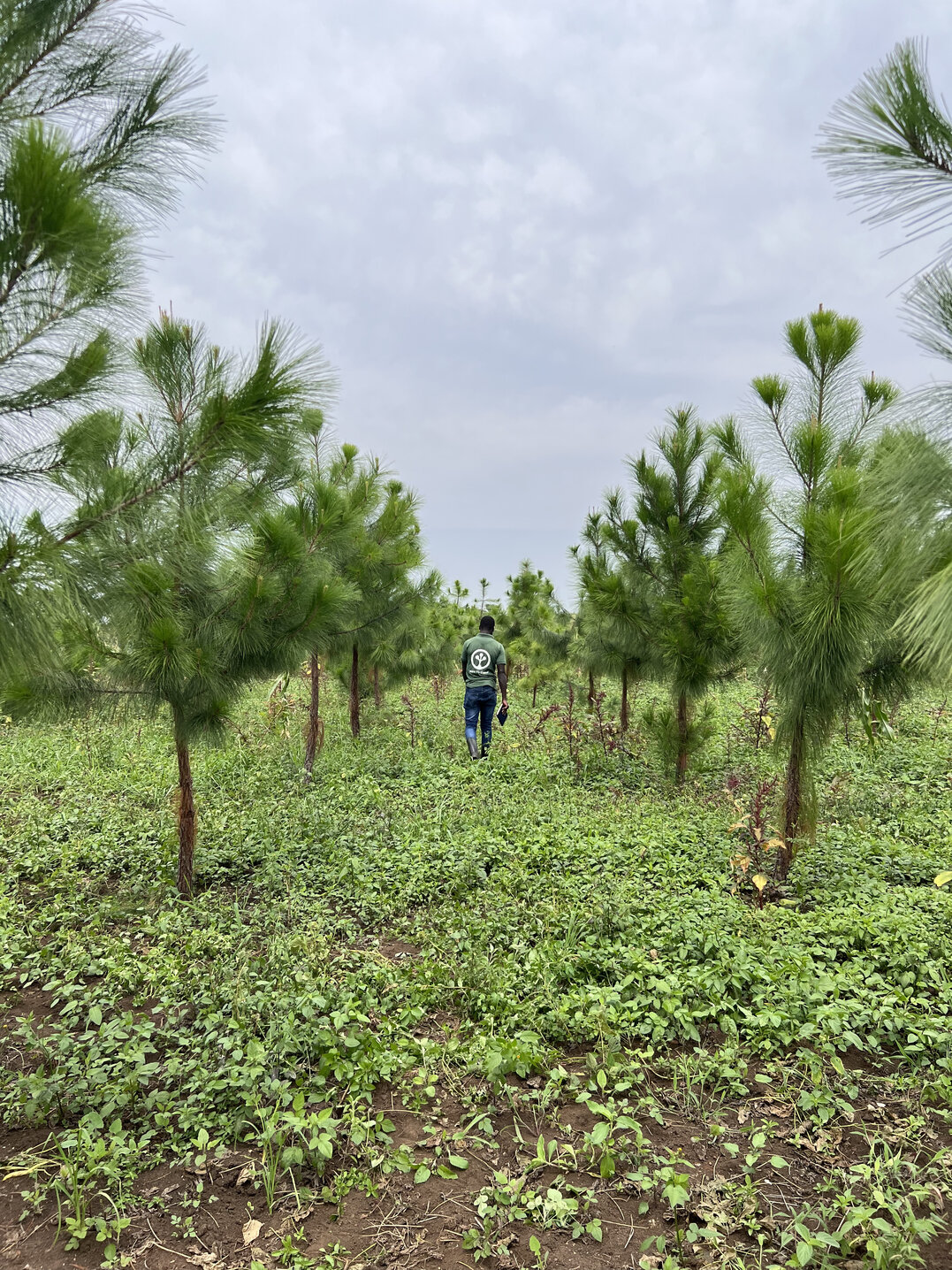
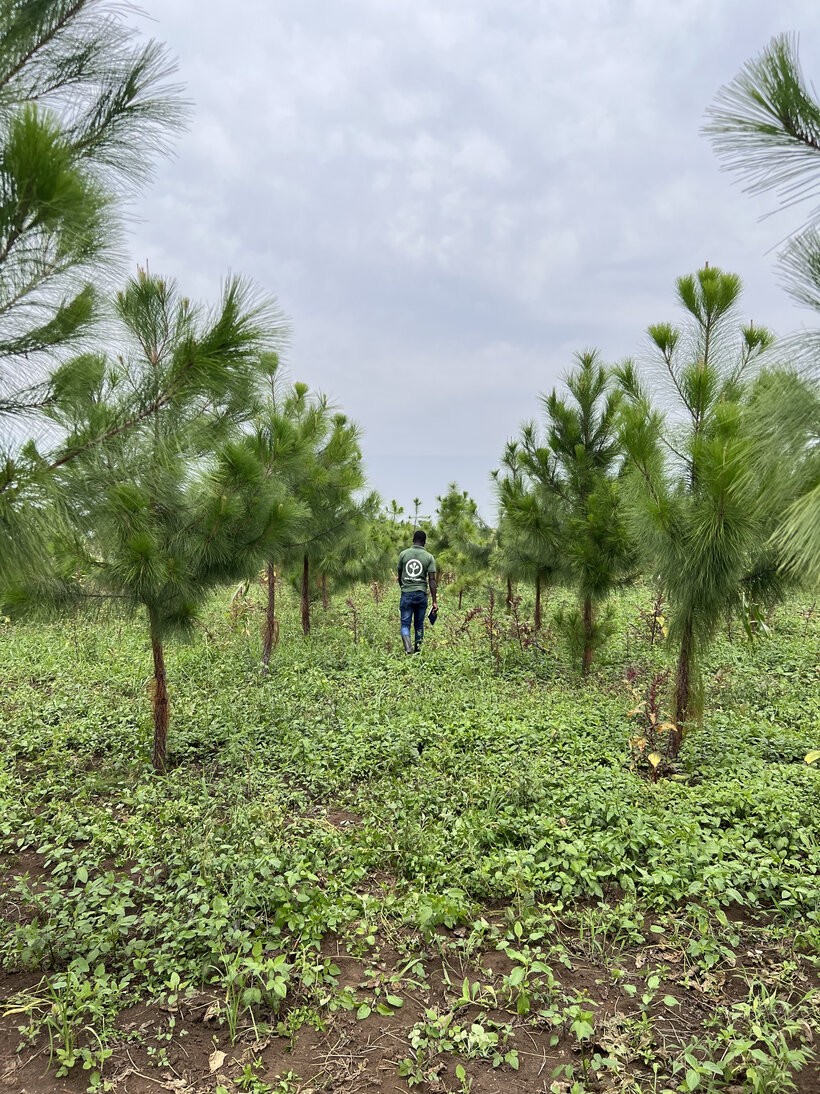
Why Uganda?
Uganda’s unique climate, characterized by bimodal rainfall and fertile volcanic soils, provides the perfect conditions for fast biomass growth. Tropical tree species such as Pinus caribaea and Terminalia superba flourish here, growing up to 3–4 times faster than their temperate counterparts in Europe. This accelerated growth not only means greater carbon sequestration per hectare but also earlier economic returns for farmers and project developers. From a global equity standpoint, it makes even more sense: countries in the Global South, which face some of the greatest risks from climate change, should also receive the greatest support to lead in climate mitigation efforts. 🌍
Uganda is also a strong policy match for TREEO’s vision. The country’s commitment to agroforestry, as reflected in its Nationally Determined Contributions (NDCs), aligns with global climate goals. Additionally, Uganda maintains active bilateral cooperation with European climate programs, making it a strategic, science-backed location for scalable, high-integrity carbon removal projects.
Why these trees?
The species chosen for this project are not only suited to the local climate, but they are also chosen for their ecological and economic value. Pinus caribaea is a fast-growing conifer with excellent carbon sequestration capacity. It’s widely valued for its timber and resin, providing long-term income opportunities for participating farmers. Terminalia superba, on the other hand, is native to tropical Africa and plays a crucial role in regenerating local biodiversity. As a deciduous hardwood, it enriches the soil, supports native flora and fauna, and naturally regenerates—making it ideal for long-term ecosystem resilience.
Compared to commonly planted species like European oaks or beeches, these tropical trees offer faster carbon capture cycles and fit seamlessly within intercropped food systems. This compatibility is key to the project’s agroforestry model, which combines environmental goals with local food production and income generation.
Agroforestry in Action
At the heart of this project are the farmers. Over 35 community members are directly involved in planting and maintaining the trees, and in-between those trees, they grow staple crops such as beans and groundnuts. This intercropping approach ensures not just food security, but also additional income streams. The benefits go even further: it improves soil fertility, reduces erosion, increases tree survival rates, and helps farmers adapt to climate uncertainties. By combining tree planting with food production, the project becomes a model of climate-smart agriculture—balancing sustainability with daily needs.
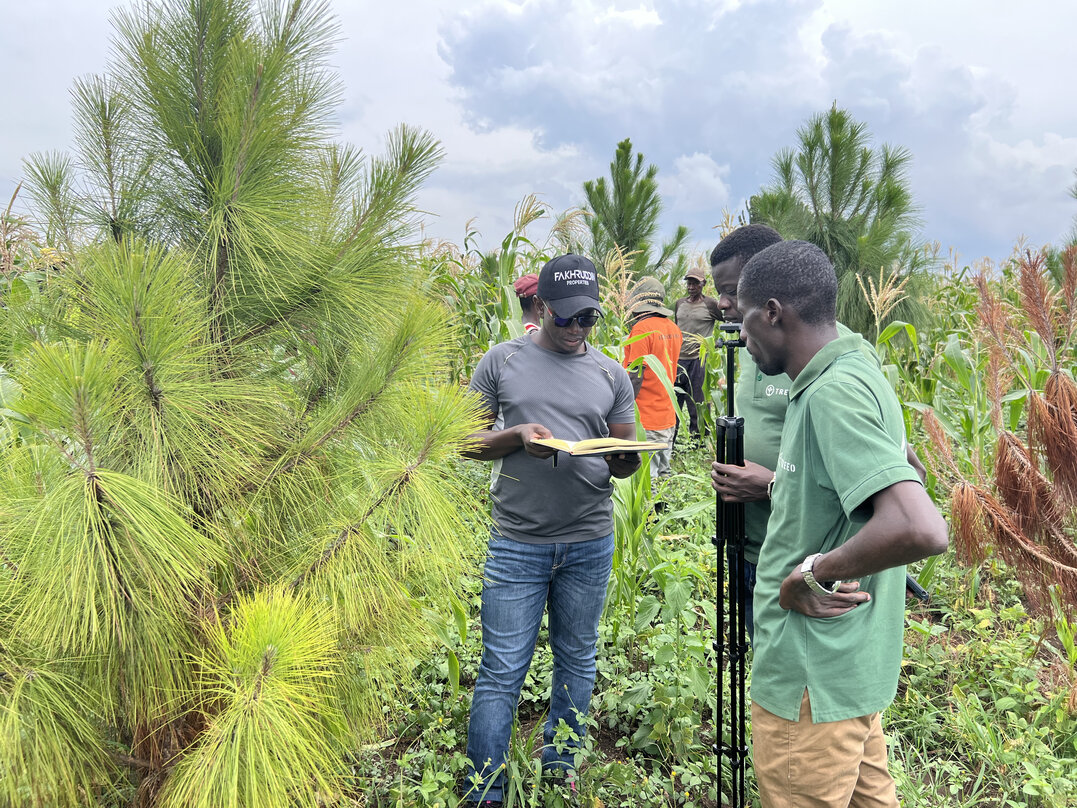
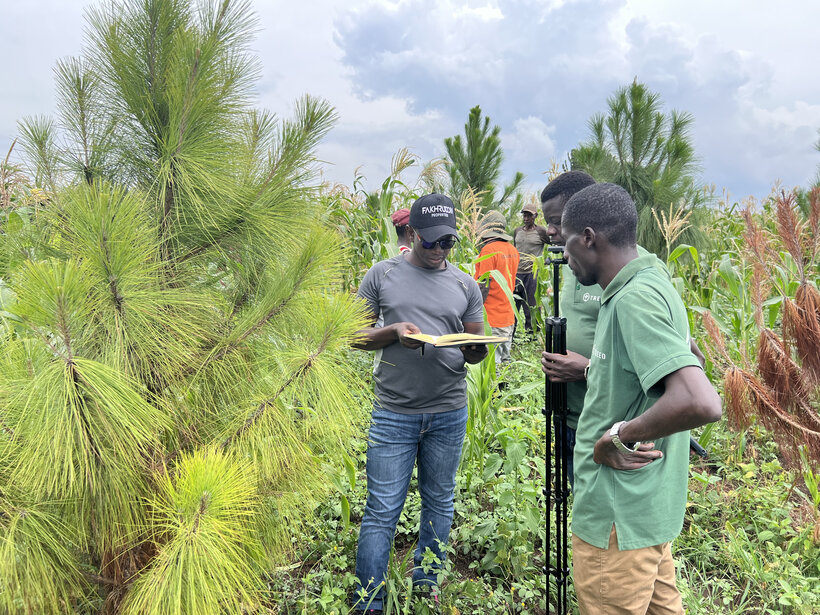
Listening, Learning, Improving
During our field visit, we took time to assess tree health, identify early signs of pest activity, and observe agroforestry methods in practice. But just as importantly, we listened. Through socio-economic surveys and open conversations with local leaders and farmers, we gathered insights that will directly influence future planting seasons. These local perspectives are invaluable. They help ensure that the project stays grounded in the needs and realities of the community, while also achieving long-term environmental goals.
Why It Matters—Globally
This project represents more than local impact. It shows what just climate action looks like, addressing the climate crisis while actively building stronger, more resilient communities and ecosystems. By restoring degraded land and improving livelihoods, projects like this set the standard for responsible carbon removal. They also demonstrate that carbon markets can and must be designed with equity, transparency, and long-term impact in mind.
At TREEO, we are happy to partner with Axis Warriors and the dedicated farmers and leaders in this community. Together, we are not just planting trees, we are building a future that is more resilient, more biodiverse, and more equitable.